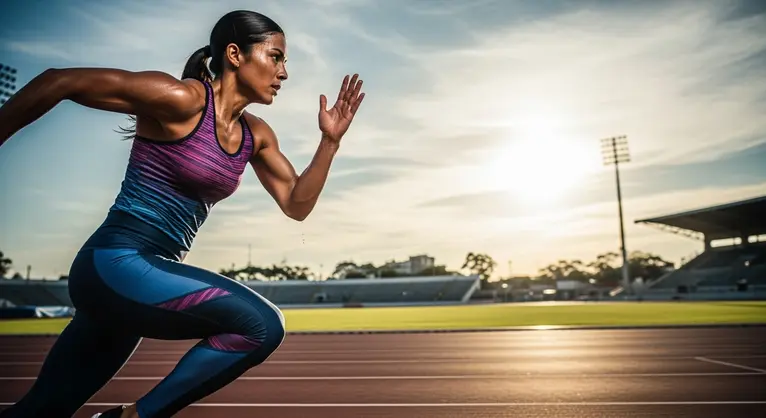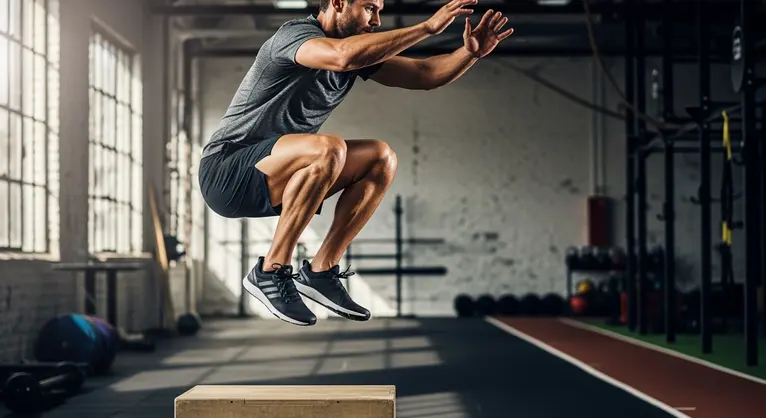How AI Is Transforming Recovery and Injury Prevention in Fitness
By the GymPulse Expert Team – Your trusted resource for sports science and performance
Recovering from injury can feel like a setback, whether you’re an ambitious athlete or just starting out on your wellness journey. Yet today, artificial intelligence (AI) is reshaping how we prevent injuries and bounce back smarter, not just faster. Let’s explore how AI-driven tools and strategies can help you stay healthy, motivated, and consistently moving forward—no matter your fitness level.
The Role of AI in Preventing Sports Injuries
Ever wonder why certain athletes rarely get sidelined? It’s not just luck—it’s smart prevention. Common sports injuries, like ACL tears or stress fractures, often start as subtle changes in movement or fatigue. Now, AI-powered wearables and cameras can analyze your biomechanics in real time. They alert you (and your coach or trainer) if your running stride looks risky or if your squat form needs tweaking.
For example, a runner using a smartwatch gets instant feedback if their gait shifts, reducing the chance of overuse injury. These systems even consider your training load, sleep, and stress, offering predictions about injury risk before pain starts. That’s a game changer for both weekend warriors and aspiring pros.
Smarter Recovery: How AI Personalizes Rehab
Recovering from an injury isn’t one-size-fits-all. Traditionally, rehab plans are generic; you might feel lost or risk doing too much, too soon. AI is changing this with personalized recovery timelines and daily guidance. Imagine an app that adapts your rehab exercises based on your progress, movement quality, and even pain levels, nudging you when to advance and when to take it easy.
Certain gadgets take it further. Wearables monitor heart rate, muscle load, and balance, ensuring you perform movements safely. In winter sports, smart ski bindings can adjust to reduce risky falls. These AI-guided tools are especially helpful for beginners, giving tick-by-tick feedback so you build confidence at your own pace. For more practical tips on structuring your return to activity, check out our injury recovery checklist.
Fueling Recovery: AI-Enhanced Nutrition
Nutrition is crucial for healing, but what if you’re unsure what your body needs? AI-driven platforms now analyze your activity, metabolism, and recovery stage to suggest optimal meal plans. Rather than generic advice, you get practical tips: what to eat after a tough rehab session, when to hydrate, and which foods may aid tissue repair.
For instance, after a ligament injury, you might be advised to up your protein and vitamin C intake. These smart systems adapt as you heal, maximizing your body’s repair process—just like having a sports dietitian in your pocket.
Psychological Edge: Keeping Motivation High
Staying positive through rehab can be tough. Setbacks, frustration, or boredom are real threats—not just to mental health but to physical recovery, too. AI apps now monitor not just your activity, but also your mood through patterns in speech, journaling, and even facial expressions (when you opt in).
If motivation dips, you’ll get tailored feedback, encouraging messages, or new routines to reignite your drive. Some platforms connect you with virtual coaches or like-minded peers, adding accountability and a sense of community that’s crucial for sticking to rehab.
Practical Steps: Harnessing AI in Your Fitness Journey
Curious how to bring these advancements into your own life? Here’s how to get started:
- Wearable tech: Fitness trackers and smartwatches with AI functions are widely available; many offer beginner-friendly injury alerts.
- Rehab apps: Look for platforms that offer personalized plans and adapt as you progress—many are affordable or free.
- Nutrition tools: Try apps that track your nutrition alongside your activity for dynamic, individualized guidance.
- Mental health support: Use AI-powered platforms for mood tracking and motivation, or join online fitness communities to stay engaged.
Remember: Even small steps—like using a smart app to monitor your daily activity—can yield big health benefits over time.
Conclusion: Smarter, Safer, and More Inspired Fitness
AI isn’t just for elite athletes. Whether you’re picking up running, pushing your limits in CrossFit, or recovering from a weekend mishap, AI-powered tools offer real-time support, personalized advice, and fresh motivation. Start exploring what’s out there—you’ll train smarter, heal quicker, and enjoy a journey that keeps you safe, strong, and inspired for the long haul.
Stay tuned to GymPulse for more science-backed insights that help you unlock your full potential—safely and sustainably.

